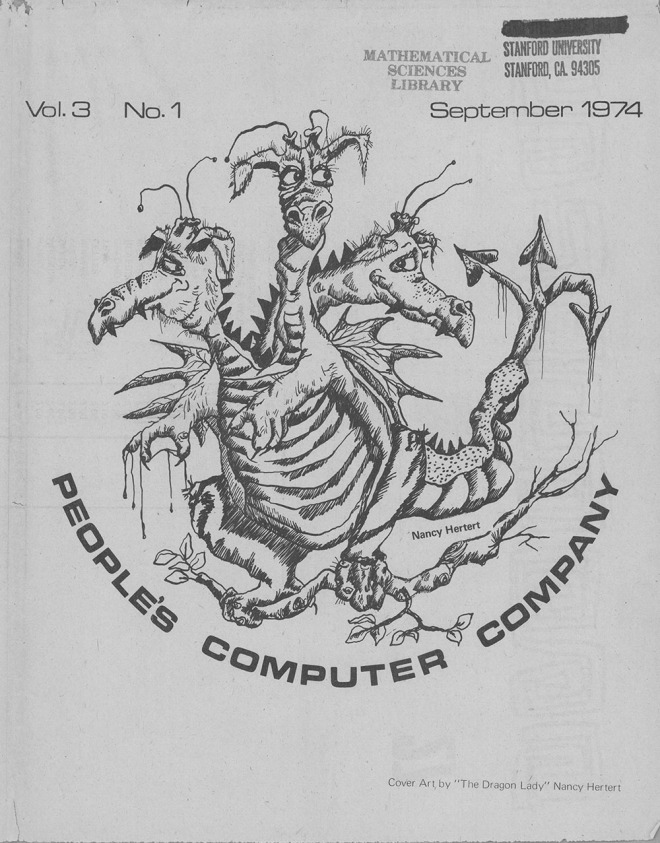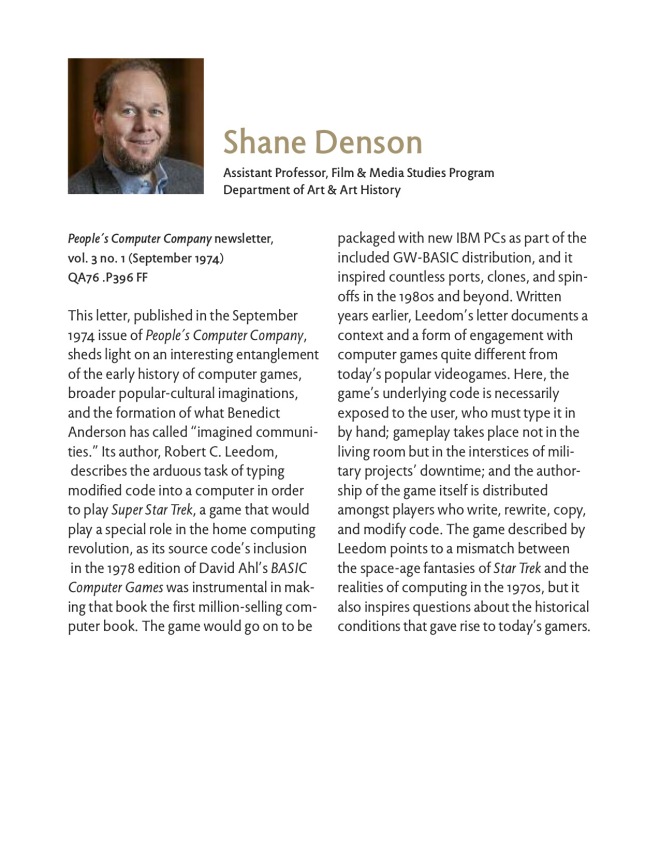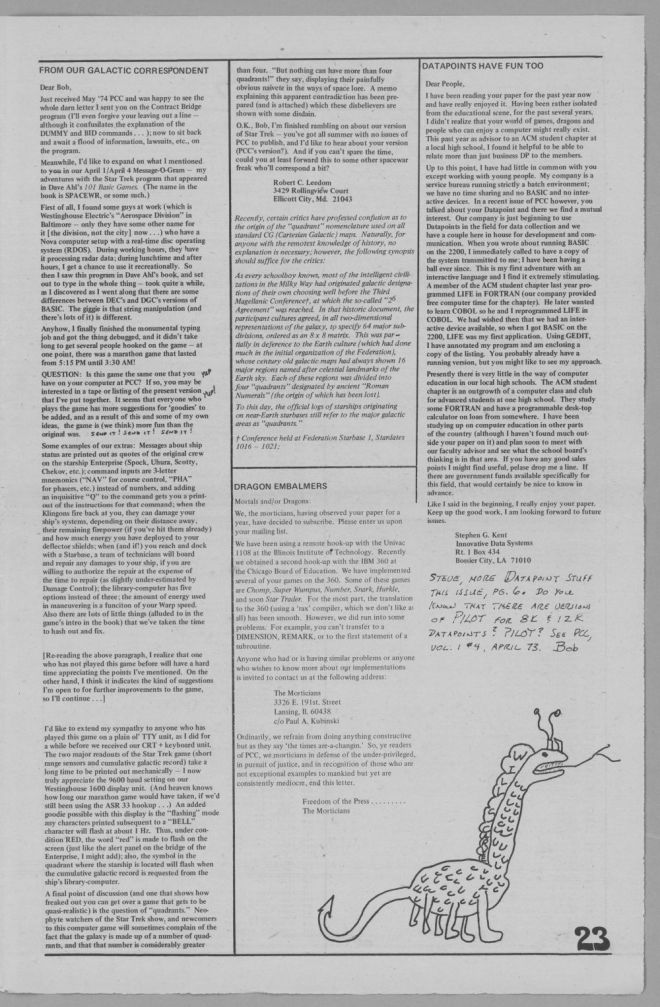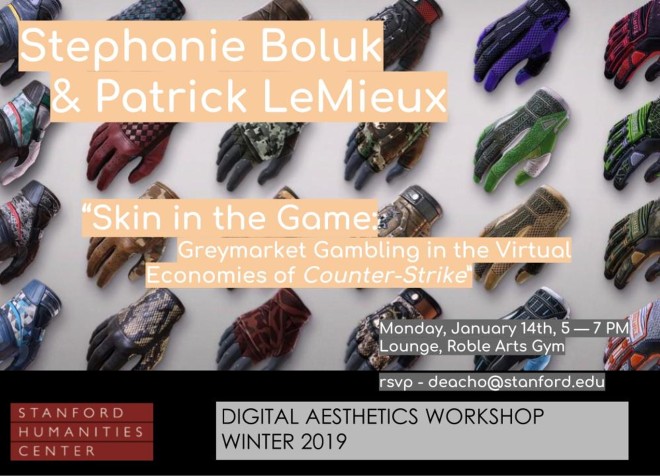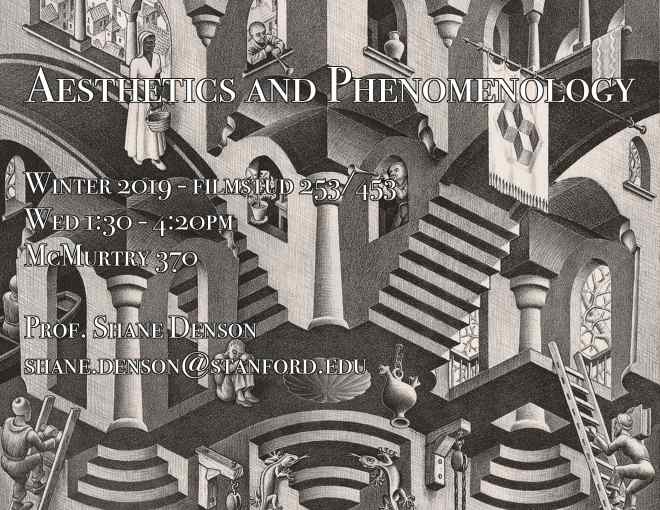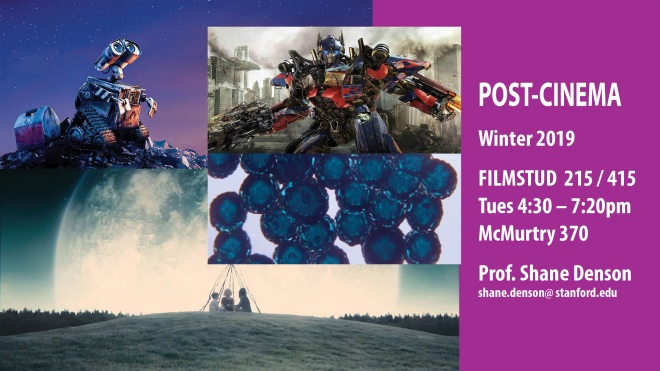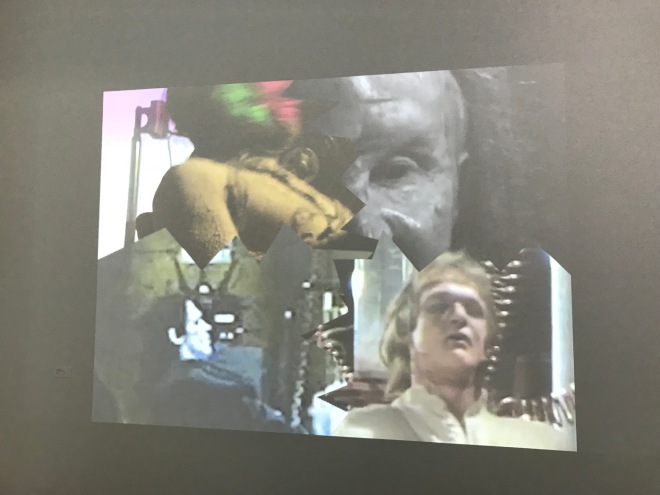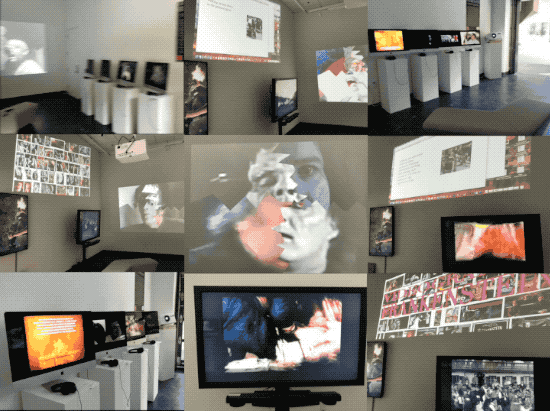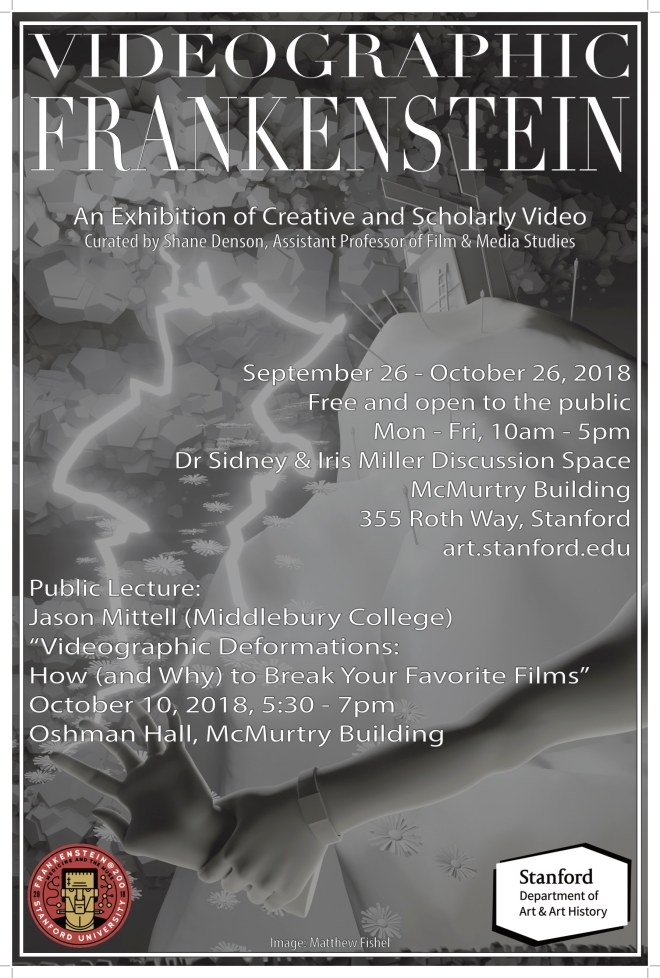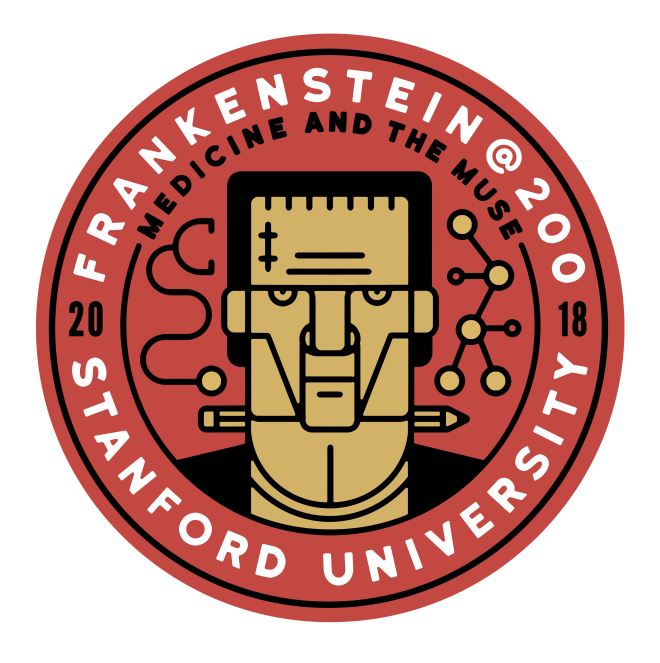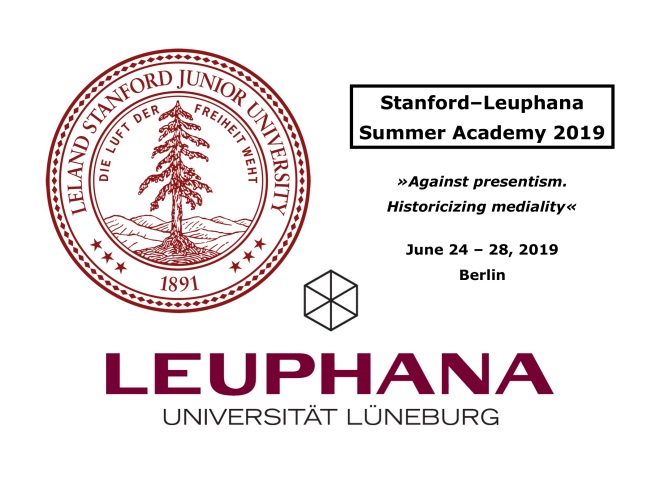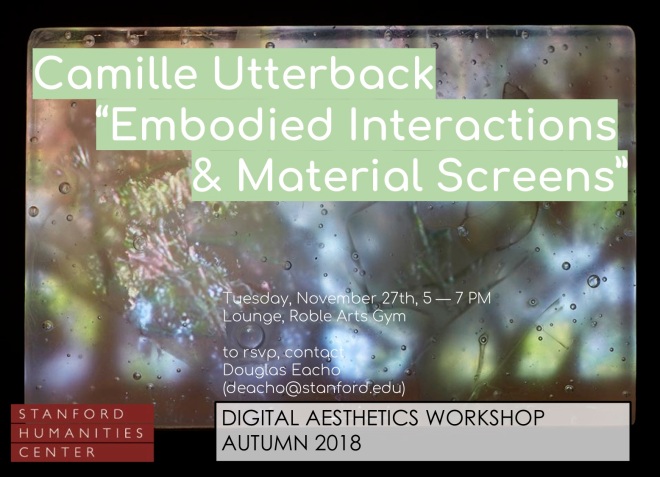
After a refreshing fall break, the Digital Aesthetics workshop will return with sessions on November 27th and December 4th . First up, we are thrilled to host Camille Utterback, Assistant Professor of Art Practice and Computer Science here at Stanford. We have always wanted to host an artist in the workshop, and could not be happier to build a conversation around Camille’s fascinating work and current questions. We look forward to seeing you there – please consider RSVPing so we can supply refreshments appropriately.
Embodied Interactions & Material Screens
w/ Camille Utterback
Tues, Nov 27, Roble Lounge, 5-7
rsvp to deacho at stanford.edu
After an overview of her interactive installation work, Camille will present on current works-in-progress which examine combinations of custom kiln-formed glass and digital animations. Her goal with her new work is to explore the possibilities of dimensional display surfaces that address the subtleties of our depth perception. What can be gained from more hybrid analog/digital and less “transparent” digital surfaces? What is at stake when our display surfaces maintain the illusion of a frictionless control vs an more complex and interdependent materiality? Camille is interested in developing a dialog around this new work, and welcomes a variety of critical input as she attempts to with situate her artworks in a theoretical framework. She has recently been reading Sensorium (ed. Caroline A. Jones), and Meredith Hoy’s From Point to Pixel.
Camille Utterback is a pioneer in the field of digital and interactive art. Her work ranges from interactive gallery installations, to intimate reactive sculptures, to architectural scale site-specific works. Utterback’s extensive exhibit history includes more than fifty shows on four continents. Her awards include a MacArthur Foundation Fellowship (2009), Transmediale International Media Art Festival Award (2005), Rockefeller Foundation New Media Fellowship (2002), Whitney Museum commission for their ArtPort website (2002), and a US Patent (2001). Recent commission include works for The Santa Cruz Museum of Art and History, Santa Cruz, California (2016), The Liberty Mutual Group, Boston, Massachusetts (2013), The FOR-SITE Foundation, San Francisco, California (2012), and the City of Sacramento, California (2011). Camille’s “Text Rain” piece, created with Romy Achituv in 1999, was the first digital interactive installation acquired by the Smithsonian American Art Museum.
Camille holds a BA in Art from Williams College a Masters degree from the Interactive Telecommunications Program (ITP) at NYU’s Tisch School of the Arts. She is currently an Assistant Professor in the Art & Art History Department, and by courtesy in Computer Science, at Stanford University. Her work is represented by Haines Gallery in San Francisco.

